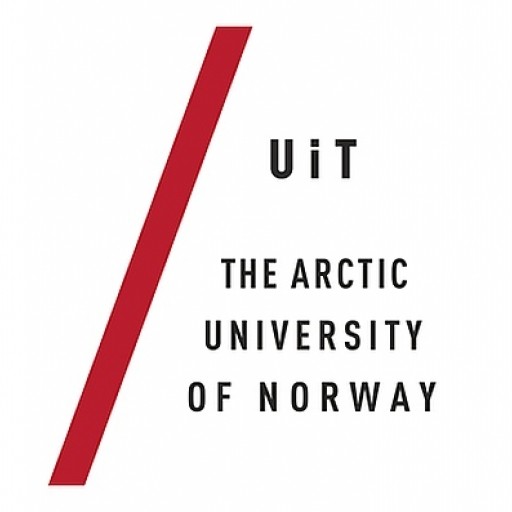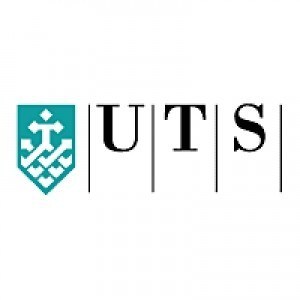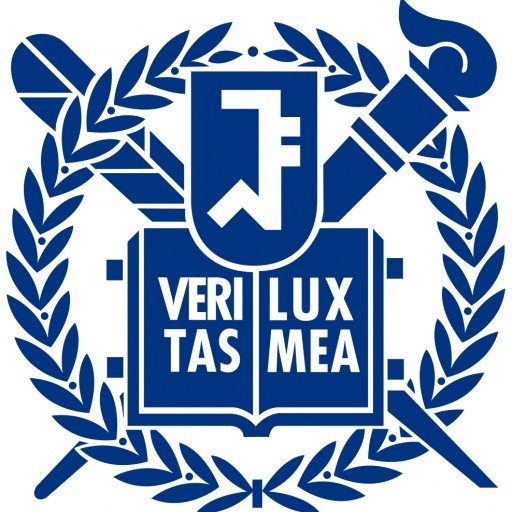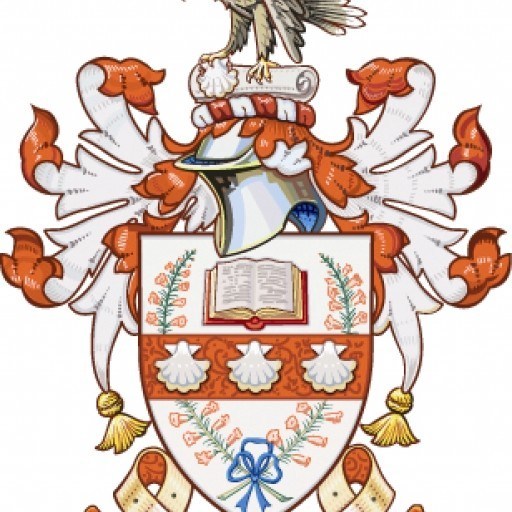Contemporary Art at UiT The Arctic University of Norway offers a dynamic and innovative educational experience designed to engage students with the evolving practices and theoretical frameworks of modern art. The program provides a comprehensive overview of contemporary artistic expressions, including installation, performance, video art, digital media, and participatory arts, fostering both technical skills and critical thinking. Students are encouraged to explore their individual artistic voices while engaging with current societal issues, environmental challenges, and cultural debates, making their work socially relevant and historically informed. The curriculum combines practical studio-based learning with theoretical coursework, seminars, and critiques that promote a reflective and analytical approach to art-making. Students have access to state-of-the-art facilities and are supported by faculty members who are active artists and researchers in their fields. The program emphasizes experimental approaches, interdisciplinary collaborations, and innovative use of media, preparing graduates for careers in galleries, museums, public art projects, and the broader cultural sector. Moreover, students gain insights into art history, aesthetics, and contemporary theory, enabling them to contextualize their practice within global and local perspectives. The program also offers opportunities for international exchanges and participation in exhibitions and art projects, fostering a vibrant artistic community. Graduates of the Contemporary Art program are equipped with the creative, technical, and critical skills necessary to contribute meaningfully to the contemporary art scene and related areas. They emerge as versatile artists, curators, critics, or cultural entrepreneurs, capable of navigating and influencing the contemporary cultural landscape. With a focus on sustainability, innovation, and societal engagement, the program at UiT aims to nurture the next generation of forward-thinking artists committed to making a positive impact through their work.
The Master’s Programme in Contemporary Art at UiT The Arctic University of Norway offers students a comprehensive and dynamic exploration of contemporary artistic practices, theories, and debates. This programme is designed to foster critical thinking, creative experimentation, and an in-depth understanding of art in its current socio-cultural context. Throughout the programme, students engage with a variety of contemporary art forms, including installation, performance, digital media, sculpture, and new media art, enabling them to develop versatile skills and a broad artistic vocabulary.
The curriculum emphasizes both theoretical and practical aspects of contemporary art, encouraging students to critically analyze artistic trends, cultural phenomena, and social issues that influence the art world today. Courses cover topics such as art theory, art history, curatorial studies, and digital technologies, providing a well-rounded foundation for emerging artists and art professionals. Students have the opportunity to participate in workshops, collaborative projects, and exhibitions, allowing them to apply their learning actively in real-world settings.
Throughout the programme, students are encouraged to develop a personal artistic voice and a reflective approach to their work. The programme also emphasizes the importance of understanding the global art scene while maintaining a strong connection to the local and Arctic context, offering unique perspectives on art in northern environments. Faculty members are renowned artists, curators, and scholars who provide mentorship and guidance, fostering an innovative and supportive learning environment.
In addition, UiT’s emphasis on interdisciplinary collaboration allows students to work across different fields such as culture, sociology, and technology, broadening their understanding of contemporary issues and their artistic responses. The programme prepares graduates for careers as professional artists, curators, art educators, and researchers, equipped with the skills necessary to contribute meaningfully to the artistic community and society at large. Graduates of this programme are expected to be versatile, critically engaged, and creatively ambitious, capable of shaping the future of contemporary art in various contexts both locally and globally.
The financing of the Contemporary Art program at UiT The Arctic University of Norway is primarily supported through a combination of Norwegian government funding, student tuition fees, and various grant schemes. As a public university in Norway, UiT benefits from the Norwegian Ministry of Education and Research, which allocates annual funding to support degree programs that promote arts and cultural development. This government funding is aimed at ensuring accessible education and fostering innovation in the arts sector.
For Norwegian and EU/EEA students, tuition fees are generally waived, as higher education in Norway is publicly funded, promoting inclusivity and equal opportunities for domestic and European students. However, international students from outside the EU/EEA are typically required to pay tuition fees, which contribute to the program's financial sustainability. These fees vary depending on the length and specialization of the program but are structured to offset part of the program’s operational costs.
Additionally, students may access financial support through various grant programs and scholarships provided by UiT, the Norwegian government, and external organizations. Scholarships are often awarded based on academic merit or financial need and can cover tuition fees or living expenses. The university also encourages students to apply for external funding sources such as the Norwegian State Educational Loan Fund (Lånekassen), which offers loans and grants to Norwegian students pursuing higher education.
Research grants and project funding from national and international arts organizations, foundations, and cultural institutions also contribute indirectly to the program’s financial structure. These funds support faculty research, student projects, exhibitions, and collaborations with the arts community, enriching the educational experience and ensuring the program’s sustainability.
The program’s recent initiatives include partnerships with cultural institutions and art organizations that sometimes provide sponsorship or funding for specific courses, workshops, and student projects. These collaborations aim to enhance practical learning and create employment pathways for graduates.
Overall, the financing of the Contemporary Art program is designed to ensure high-quality education accessible to Norwegian and international students, with a blend of public funding, scholarships, external grants, and income generated from collaborations and projects. This multi-source approach sustains the program’s competitiveness, fosters artistic innovation, and supports student development in the dynamic field of contemporary art.
The Bachelor’s degree in Contemporary Art at UiT The Arctic University of Norway offers students an in-depth exploration of contemporary artistic practices, theories, and critical perspectives. The program is designed to develop students’ creative skills, conceptual understanding, and critical thinking capabilities within the dynamic field of contemporary art. Throughout the course, students engage with various mediums and techniques, including visual art, installation, performance, and digital media, reflecting the diverse nature of contemporary art forms.
The curriculum emphasizes both practical artistic skills and theoretical knowledge, encouraging students to analyze and interpret current trends, movements, and debates in the art world. Coursework typically includes studio work, art history, and critique sessions, providing a comprehensive understanding of the contextual frameworks that shape contemporary art. Students also have the opportunity to participate in exhibitions, projects, and collaborations with local art communities, fostering real-world experience and professional development.
UiT’s program promotes an interdisciplinary approach, allowing students to incorporate insights from sociology, philosophy, and cultural studies to inform their artistic practice. The program also emphasizes innovation and experimentation, urging students to push boundaries and challenge conventions. Faculty members are active practitioners and researchers in the field of contemporary art, providing mentorship and guidance tailored to individual artistic interests and career ambitions.
Graduates of this program are prepared for careers in various sectors, including visual arts, curation, art criticism, digital media, and arts administration. They are equipped to contribute to cultural dialogues both locally and globally and have the skills necessary to pursue further studies or to develop their own independent artistic practices. The program, grounded in the vibrant cultural scene of Northern Norway, particularly in Tromsø, offers students unique opportunities to engage with Arctic themes, indigenous art, and regional cultural expressions, enriching their artistic perspective and sensitivity to diverse cultural contexts.





